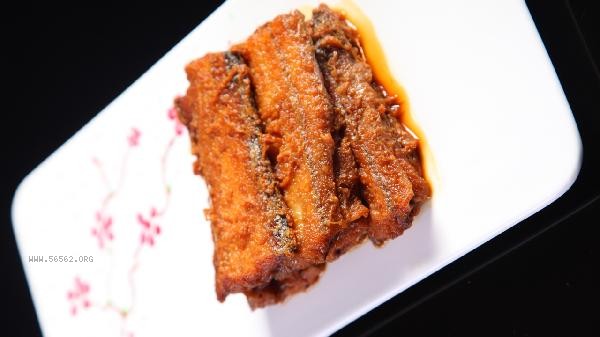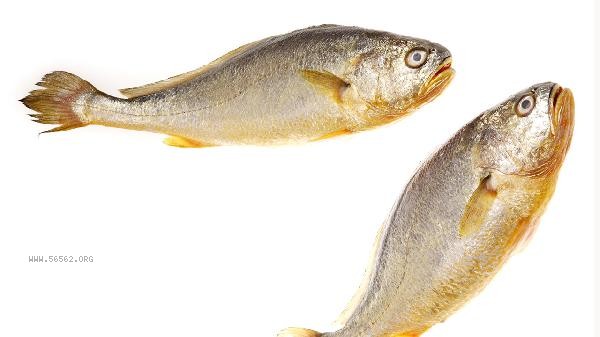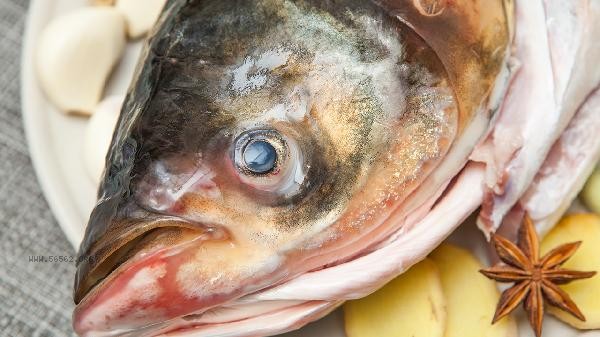The key to a non stick pan for frying hairtail lies in controlling the oil temperature, handling the fish body, and selecting appropriate tools. There are five key points: dry fish body, moderate oil temperature, even powder coating, selection of cookware, and timing of flipping.

1. Drying of Fish Body
Before putting the hairtail in the pot, the surface moisture should be thoroughly wiped dry, and kitchen paper can be used to repeatedly absorb the residual liquid in the fish body and abdominal cavity. Wet fish skin can easily produce steam when exposed to high temperature oil, causing the skin to rupture. Water evaporation can also cause oil droplets to splash. Frozen hairtail should be thawed in advance and drained of blood to avoid the melting of ice crystals affecting the frying effect.
2. Moderate oil temperature
It is ideal to control the oil temperature at 60% heat, around 180 degrees. Wooden chopsticks can be used for testing, and when there are dense small bubbles around the chopsticks, they can be put into the pot. Low oil temperature can cause fish meat to absorb oil, while high oil temperature can easily lead to burning. When frying for the first time, small pieces of fish bones can be added for testing. If the fish bones quickly float up and the surrounding oil bubbles are evenly distributed, it indicates that the oil temperature is appropriate.
3. Uniform powder coating
Thin coating with starch or flour can form a protective layer, and it is recommended to mix corn starch and flour in proportion. Before coating with powder, you can first apply egg mixture to make the powder layer more firm. Be careful to shake off excess dry powder, as thick powder shells can easily fall off and sink when fried. For those who pursue a crispy texture, a secondary frying method can be used. After the first frying is set, the oil temperature is increased to quickly fry again.

4. Pot selection
Thick bottomed iron or stainless steel pots have better heat storage performance, uniform heating, and are less likely to overheat locally. Before using the new pot for the first time, it needs to be opened for curing to form an oil film layer. A flat bottomed pan is more suitable for home use than a round bottomed pan, and the oil level needs to be completely above the fish body. Avoid using non stick pans with damaged coatings, as high-temperature frying can accelerate coating peeling.
Fifth, flipping timing
Wait until the edge of the fish is golden yellow before flipping, as flipping too early can lead to peeling. Use a wide shovel to gently lift from below the fish head, avoiding puncturing the body of the fish. Do not flip frequently during the frying process, and leave at least two minutes between each flip. Fried hairtail should be first placed on kitchen paper to absorb oil, and the rack should be left to cool to keep it crispy rather than stacking it directly.

Fresh hairtail should choose individuals with full eyeballs, bright red gills, and silver powder luster on their bodies. Ginger slices and cooking wine are more effective in removing fishy odors during marinating, but salt can dehydrate fish meat. It is recommended to season before frying. The remaining oil after frying should be filtered and stored, and reused no more than three times. Paired with shredded white radish or lemon juice, it can relieve greasiness. For those with weak gastrointestinal function, it is necessary to control the amount consumed. If you pursue healthy cooking, you can use an air fryer instead of traditional deep frying, set the temperature to 200 degrees, and brush a small amount of oil on the surface to achieve a similar taste.








Comments (0)
Leave a Comment
No comments yet
Be the first to share your thoughts!